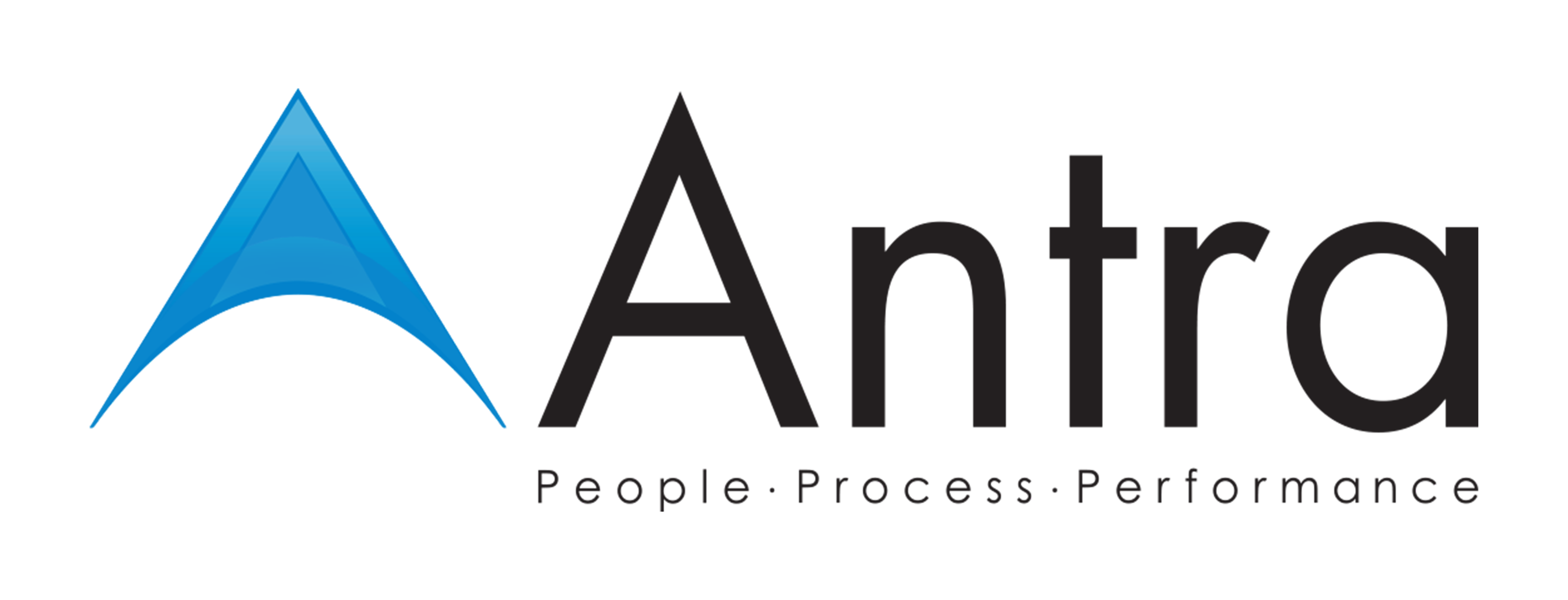
Background
Our Client is a financial institution that has several customers and internal automated software applications.
The software development teams have an existing platform and a framework to develop and build these automated applications and the operations team was responsible for the infrastructure and tools to release the applications.
With the comprising of various tools in the overall platform, the tools have made work easy in the field of developing, releasing, tracking issues and notifying, and in releasing governance notifications.
The client had automated the tests and used continuous integration tools (Jenkins) to automate the code integration and the build of the applications.
Challenges in Automated Apps
The key challenge for the team for these automated applications was that the release process of a single application was taking around 10 to 15 days and multiple application releases made the management of the releases complex.
The existing automation tools such as Jenkins helped Client accelerate some of the builds and the release process, however, the overall orchestration process took a significant time including the change in management issues, analysis and decision-making, issues in resolution approval process, and rapid deployment of the code onto N+1 environments.
In case of errors in the automated applications during the build process, rollback, issue resolution, approval, and redo, build were taking significant time.
The creation of dependencies and the increase in wait time was done by the integration of all the applications.
It took 24 – 48 hours to get the tickets resolve after raising the deployment tickets. In addition, there were no feedback and notifications to all the stakeholders.
The resolution times sometimes took longer to analyze the issues during the build and make a decision to promote the build to a N+1 environment.
Solution and Outcomes
To ensure continuous delivery, all the tools(including the management change in the release and ticket) was integrated to optimize the DevOps model.
The reduction of wait time between promoting the build was made with the help of validation of programme.
To take care of multiple releases effectively and promote collaboration, the requirement of visual interface became easy-to-use for orchestration.
The solution involved analysis, design, and deployment of the tool along with the process changes enabling complex multiple deliveries and orchestration of end-to-end application lifecycle.
Outcomes include:
- It cut down in building and the releasing time to less than a day from 10 to 15 days
- Within 10 days or more than the deployments were set across multiple applications
- Reduced wait time between build promotions
- Reduced dependencies and improved team collaboration
- Improved continuous delivery across multiple applications and environments
- Improved end-to-end process
To know more about continuous delivery click here.



